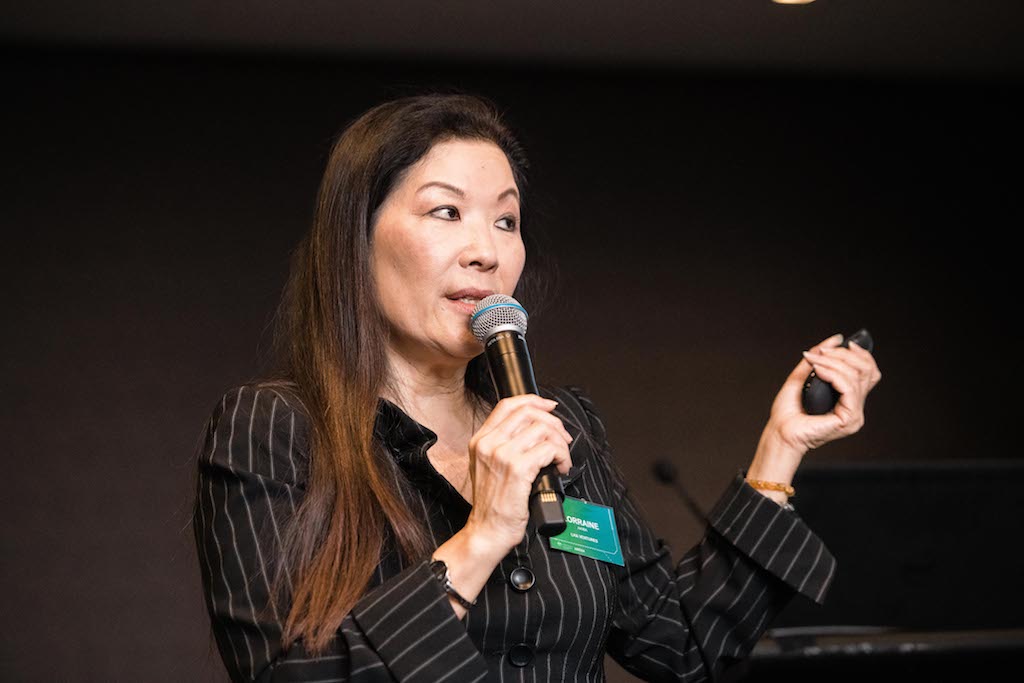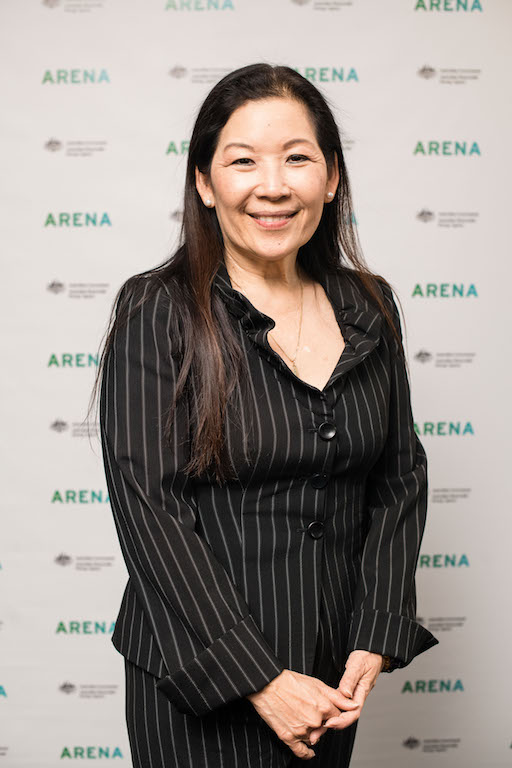Hawaii’s renewable energy journey
Nearly ten million tourists visited Hawaii in 2018. While many make the trip for the sandy beaches, rich culture and lush rainforests, the archipelago of small islands is fast becoming known for something new – its rapid transition to renewable energy.

One leader that has emerged from Hawaii’s renewable energy journey is Lorraine Akiba. Formerly a Commissioner on the Hawaiian Public Utilities Commission, she today serves as Director of the Interstate Renewable Energy Council and is the President and CEO of consulting agency LHA Ventures.
Akiba recently visited Australia, sharing some of her experience at the ARENA Insights Forum as part of a series of speaking engagements. On her final day of her trip she spoke to ARENAWIRE about Hawaii’s renewable energy journey to date, and the lessons we can learn from their experience.
Looking back to the time before she began her term as Commissioner, Akiba identifies the launch of Hawaii’s Renewable Energy Initiative as a key moment in the transition to renewables.
With support from the state and federal governments, as well as the utility consumer advocate, the Initiative was launched in January 2008 with an ambitious pledge to reach 70 per cent renewable energy by 2050. In 2015 the target was ratcheted up to 100 per cent and brought forward to 2045.
Reflecting on uncertainty about the pathway toward the goal at the time, she says that, “Everybody’s bought into the 100% goal… the devil’s in the details though. How do we get to 100%?”
When the Initiative was signed, the state’s energy utility was decoupled so its revenue was no longer dependent on selling energy, allowing scope for greater efficiency and demand management.
“Folks knew we have to conserve energy, we have to manage the load… because we can’t build enough plants, we can’t integrate renewables if we don’t manage the demand side of the equation.”
She mentions the work of the Honolulu-based Elemental Accelerator as significant, launching in 2009 to invest in startups addressing challenges around energy, water, food and mobility. Ten years on they have invested $30 million, including to startups developing tools to help traditional utilities accommodate the growing share of renewables in the market.
Akiba came up with the ‘four Rs’ mantra to frame her vision for the energy transition – renewable energy on a reliable grid on a realistic timeframe and at a reasonable rate.

The final point has been key to achieving buy in from across the community to an ambitious renewables target.
With Hawaiian Electric heavily reliant on imported oil, diesel and coal to provide base load power, the price of electricity had reached prohibitively high levels – 40 cents per kilowatt hour on the big island, and 25-30 cents per kilowatt hour on Oahu where there is more demand and resources.
“It was impossible for us to have energy independence,” Akiba said.
“People can’t afford to even turn the lights on. And people were making that decision. They weren’t buying their medicine, people were scrimping on food. Some people in rural areas were studying by candlelight because they want the electricity for essential things like cooking or the refrigerator.”
“It was critical to get that under control and get more renewable because renewables are cheaper. It’s not a commodity that will spike. They were ready for change and the economics were driving it.”
“And the native Hawaiian value of stewardship of the planet meant there was an environmental aspect as well. We need to be sustainable, we need to take care of the land. That comes from the native Hawaiian host culture, it’s ingrained in our constitution,” she said.
Likening their rapid uptake of renewables as being like a living laboratory, Akiba says Hawaii is leading the world for rooftop solar installations.
“One in three homes have rooftop solar in Hawaii. Honolulu has the highest penetration of solar of any city in the US per capita, and the little island of Kauai is already at 50 per cent renewables with just solar, biomass and some pumped hydro storage.”
“They are an interesting case proving you can do utility scale with solar and storage. You can have a firm, fully dispatchable peaker plant with solar and storage. And it doesn’t have to just be batteries. On Kauai they are looking at doing solar paired with pumped hydro because they have the elevations and it’s so wet there… it’s the wettest spot on earth.”
She says that “energy storage is a game-changer” and points to California’s 2014 mandate to deliver 1.3 GW of energy storage by 2020 as key moment that started bringing down costs. The rollout of storage is being led by the states in some places and industry in others, with a range of different technologies being adopted.
“Take for example a place where it’s not being mandated by the state, Arizona. Very high solar penetration, great resources… Tucson Electric did a fully dispatchable peaker plant with solar and battery storage. They had an independent power producer come in with a power purchase agreement at three cents per kilowatt hour. You can’t beat that.”

Considering how the findings from the Hawaiian ‘laboratory’ could apply to Australia, Akiba, says Hawaii’s population of just 1.4 million people spread out over a number of islands raises the degree of difficulty, and that Australia’s higher population and interconnected states will aid our shift to renewables.
“You can do it. You have actually more opportunity because of your larger population.”
She highlights the scale of the challenge faced balancing generation and load on each across six small islands.
“Everything has to balance on that little island and there’s only so much load. You’re a bigger island and you have states that you can balance and utilise excess renewables… you have the component pieces to take the next major steps to achieve a highly renewable grid and maybe even 100 per cent renewable grid. I think we should aim high.”
“You have the same toolkit we do – lots of abundant natural resources that can help you. Solar, wind, geothermal, hydro – you have elevations so could do pumped hydro, you could do some biomass. You have all the pieces in the toolkit and understanding of energy efficiency and demand response.”
Throughout her high-paced Australian speaking tour, Akiba ended her presentation with an image of a double-hulled canoe which has powerful symbolism for Hawaii’s renewable energy journey as being bright.
“Polynesian wayfarers on challenging seas and facing adversity, but they navigated by the stars. As long as you keep true to your north star and remember where you want to go, despite the challenges, you will get there.”
LIKE THIS STORY? SIGN UP TO OUR NEWSLETTER

ARENA